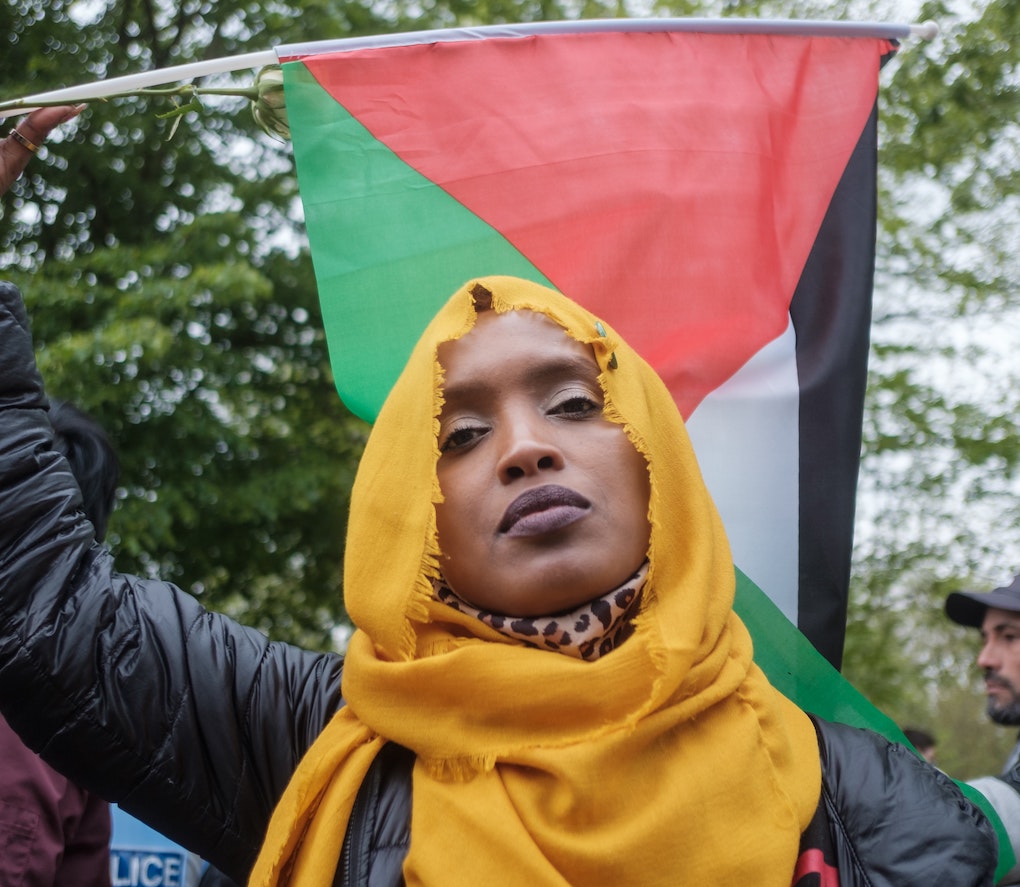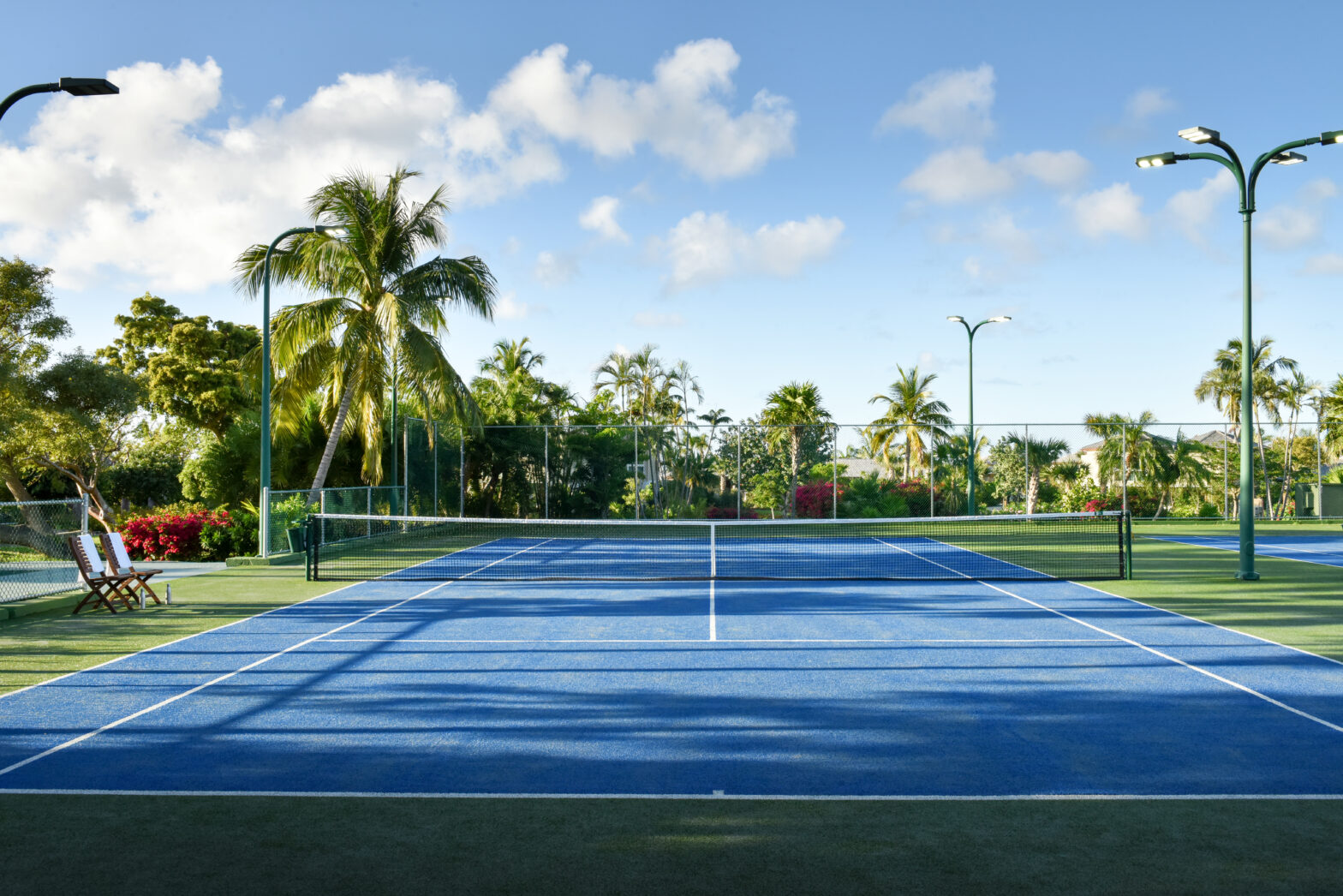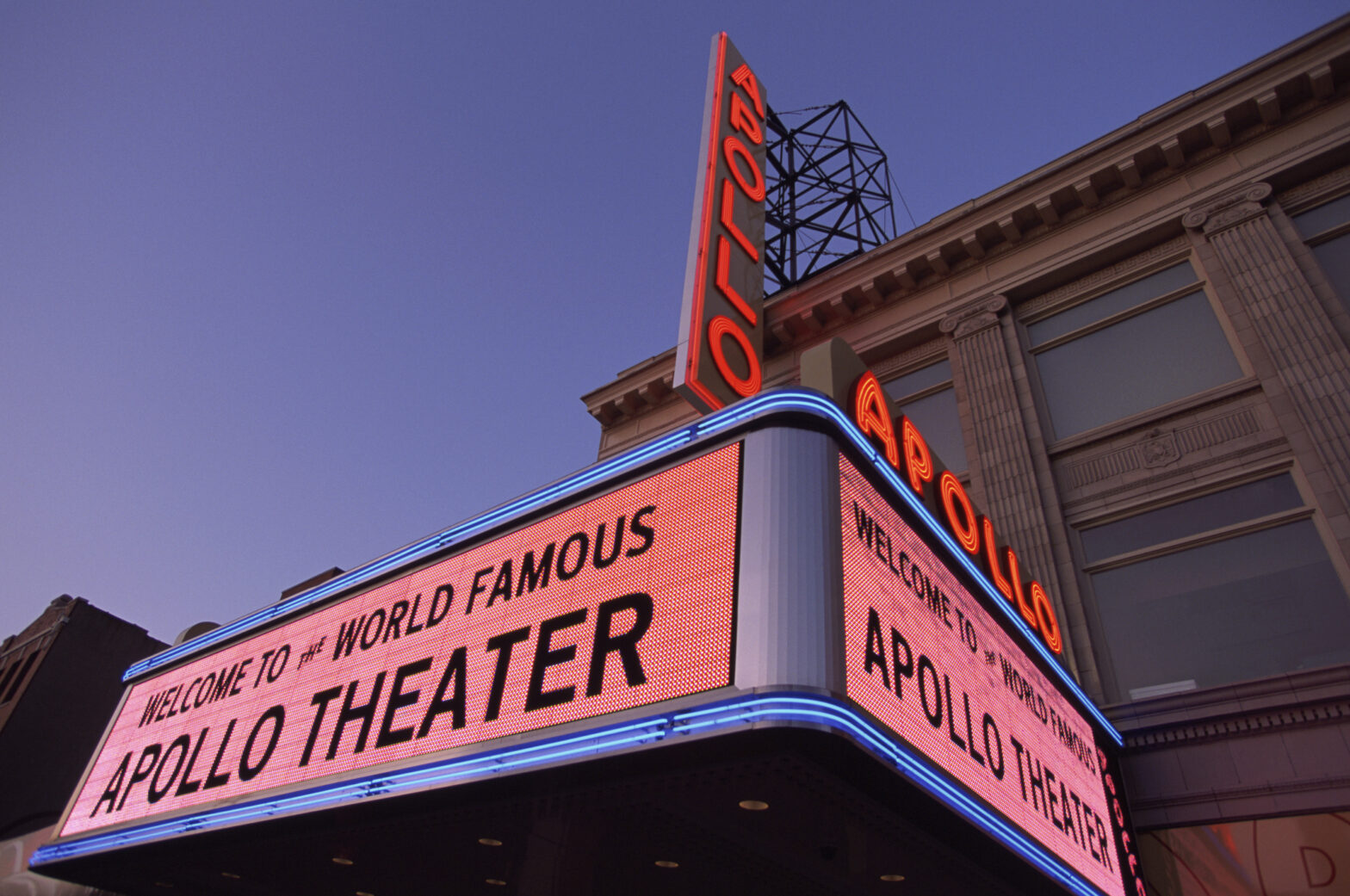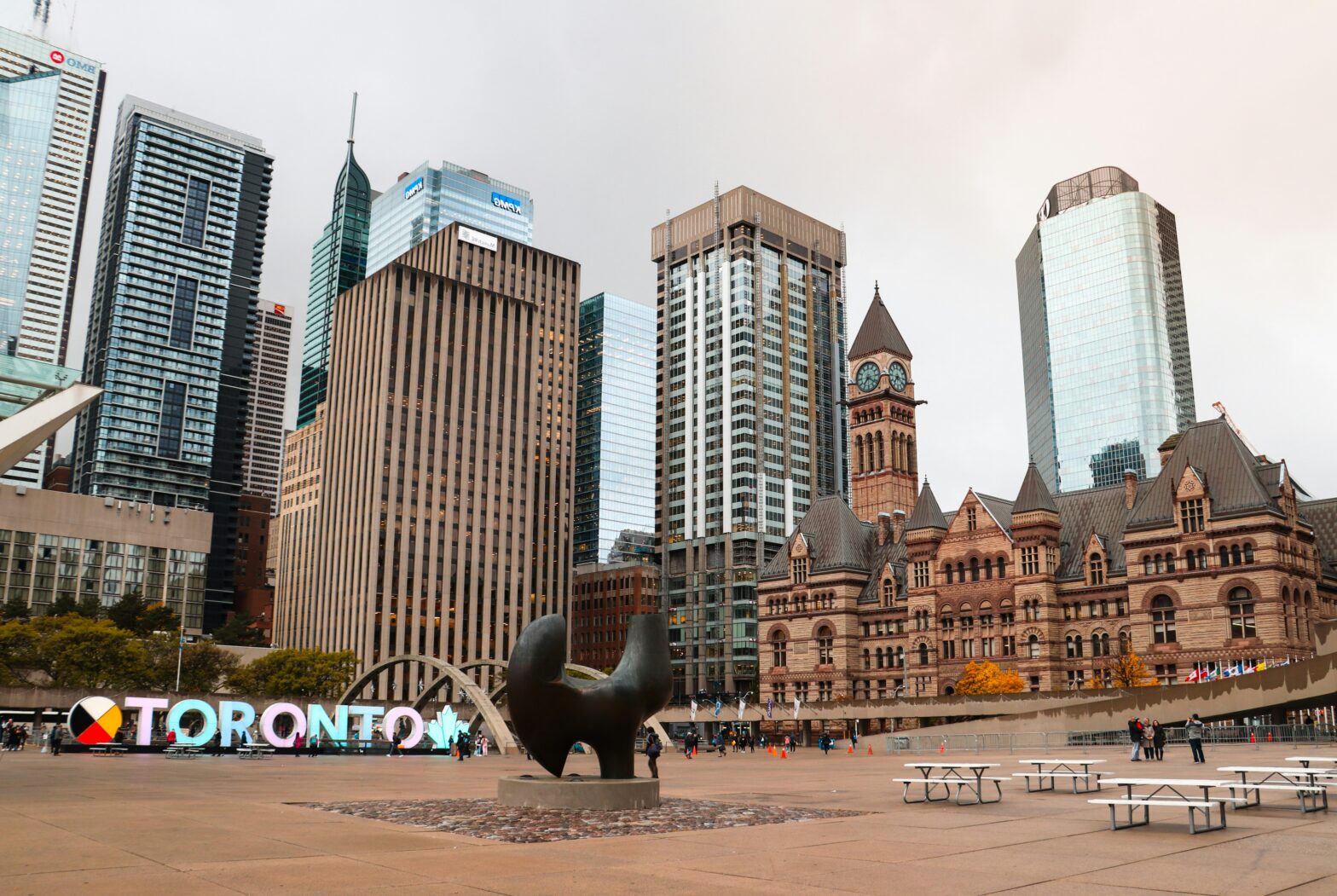Written by: Fayida Jailler (@freedomismineofficial)
Afro-Palestinians, though the community is now relatively small, have a remarkable history. Poised at the intersection of their African ancestry and Palestinian nationality, this Afro-Arab community also lives on contested ground, under the authority of Israeli forces occupying Jerusalem and other areas of Palestine.
Although the Afro-Palestinian community is largely concentrated in Jerusalem, there are also Afrodescendant communities in Gaza and the West Bank town of Jericho. The biggest Afro-Palestinian population can be found in an enclave in Old Jerusalem, often referred to as ‘The African Quarter’ or ‘Little Harlem’.
Estimates put the current Afro-Palestinian community at between 350 and 450 people, distributed across roughly 50 different families. They mainly reside in two neighborhoods, Ribat al-Mansuriand Ribat al-Busari. Nowadays, these neighborhoods are situated between two Israeli checkpoints, through which only residents may pass.
One of these compounds leads onto the Al-Aqsa Mosque, considered the third-holiest site in Islam. How the Afro-Palestinian community came to reside in the holy grounds of the Al-Aqsa Mosque is of historical importance in itself; the Afrodescendant community in Jerusalem was granted residency by the Islamic Waqf as recognition for their devotion both to their faith and to the Al-Aqsa Mosque.
This Mosque was recently the focal point of clashes between local Palestinian residents and Israeli forces. Tensions flared up again in early May when Israeli security forces descended on the Al-Aqsa Mosque, during the Muslim holy month of Ramadan, and fired rubber-coated bullets at worshippers, throwing tear gas and stun grenades.
Over an eleven-day siege between Israeli forces and Palestinian militants, the worst fighting in the region since 2014, approximately 250 people were killed, of which almost 70 victims were children, and almost 2,000 people were wounded.
Origins of Afro-Palestinians
When it comes to the origins of the Afro-Palestinian community, there have been several distinct influxes of African migration to Palestine over the years.
From at least the 12th century onwards, if not earlier, African Muslims made regular pilgrimages to the Middle East. This included the legendary Mansa Musa, the tenth leader of the Mali Empire. Many African Muslims who participated in the Hajj, the annual pilgrimage to Mecca, would visit the Al-Aqsa Mosque on their return journey.
Some Afro-Palestinian families are said to be able to trace their roots as far back as the 12th century, when their ancestors journeyed to Palestine from Sudan and Central Africa, to visit the Al-Aqsa Mosque, many of whom served as guards to this sacred building. Over the years, some African pilgrims settled permanently in Palestine, marrying local Palestinian woman and having interracial Afro-Arab families.
A number of Africans came to Palestine during the time of the Ottoman Empire, when they were assigned to guard the Haram esh-Sharif, or Temple Mount as it is also known.
As previously mentioned, the two modern-day enclaves that are home to the Afro-Palestinian community in Jerusalem are called Ribat al-Mansuri and Ribat al-Busari. Although they used to serve as hostels for Muslim pilgrims, from 1916 to 1918, during the Arab Revolt of World War I, Ottoman forces converted these compounds into two prisons. These prisons were gruesomely known as ‘The Blood Prison’ and ‘The Hanging Prison’, where they detained and executed perceived dissidents.
Towards the end of World War I the British general, Edmund Allenby, led a military campaign against Ottoman forces. As such, the British hired conscripted labourers from Nigeria, Sudan, Senegal and Chad to build railroads and lay pipes in Jerusalem as part of the British engineering corps. During the British mandate in Palestine, particularly in the 1930’s, the number of Africans migrating to Jerusalem grew steadily.
The most recent major influx of African migrants to Palestine occurred following World War II. In 1948, when conflict broke out between Arab and Zionist forces, this ultimately culminated in the state of Israel being founded. Many African Muslims who made their pilgrimage to Palestine around that time were forced to settle permanently as borders were closed and tightly controlled. Some Africans even joined the Arab Liberation Army and fought on the side of the Palestinians to defend the Al-Aqsa Mosque, as well as their presence in Jerusalem.
Notable Figures
Ali Jiddah
One of the best-known Afro-Palestinians from history is Ali Jiddah, a former Palestinian resistance fighter. He is of Chadian descent; his father hailed from the Salamat tribe and settled in Palestine after making a pilgrimage there.
Ali Jiddah is best known for his involvement with the organization the Popular Front for the Liberation of Palestine. In response to the Israeli occupation of Jerusalem, in 1968 he planted four hand grenades on Strauss Street in Jerusalem which injured nine Israelis. Ali Jiddah was sentenced to 25 years in prison, but was released in 1985 after serving 17 years.
Following his release, Jiddah worked as a journalist before offering tours of the Old City in Jerusalem, teaching people about life in the area under Israeli occupation. Today he lives in Beit Hanina in East Jerusalem, and has two sons.
Fatima Bernawi
Another well-known Afro-Palestinian resistance fighter is Fatima Bernawi. Born to a Nigerian father and a Palestinian mother, Fatima became the first female Palestinian to be arrested on terrorism charges. In 1967, she made a failed attempt to bomb an Israeli cinema in Jerusalem and was sentenced to 30 years in prison, of which she served 10. Upon her release, she was sent into exile. Fatima Bernawi returned in 1993 to serve as a Palestinian police official, and she now lives in Jordan.
Afro-Palestinians Today
The Afro-Palestinian community today are considered to be relatively well-integrated and accepted in wider Palestinian society, and over the years have actively engaged in the Palestinian resistance movement.
That said, in recent years there have been numerous accounts of Afro-Palestinians speaking out about the racist prejudice they have been subjected to, not least by Israeli occupying forces. Many of the Afro-Palestinians who have protested Israeli occupation have found themselves detained, harassed or even imprisoned.
For the community in East Jerusalem sandwiched between two Israeli checkpoints, heightened security and restricted movement has meant that their local businesses have suffered. This puts an already marginalized community in an even more precarious position.
Most Afro-Palestinians remain proud of their African heritage, although many have never visited the continent from which their forefathers hailed. As a result, generation by generation, the African influences on the communities’ language, cuisine and customs are slowly fading.
There is however a grassroots welfare organization in Jerusalem called the African Community Society. Established in 1983, it is run by Moussa Qous, a Palestinian of Chadian descent. The society works to provide mentoring and support for vulnerable Afro-Palestinian youths. According to Moussa, these workshops provide a safe space for Afro-Palestinian youths who have been disenfranchised by the violence and unrest they are surrounded by due to the occupation.
The spread of COVID-19 and the effects of a global pandemic have reduced how active the African Community Society has been in recent months, though they have participated in distributing free masks and hand-sanitizer in the local area.
In spite of the struggles the community faces, there is hope among Afro-Palestinians that future generations will one day be able to live peacefully and secure their freedom.





